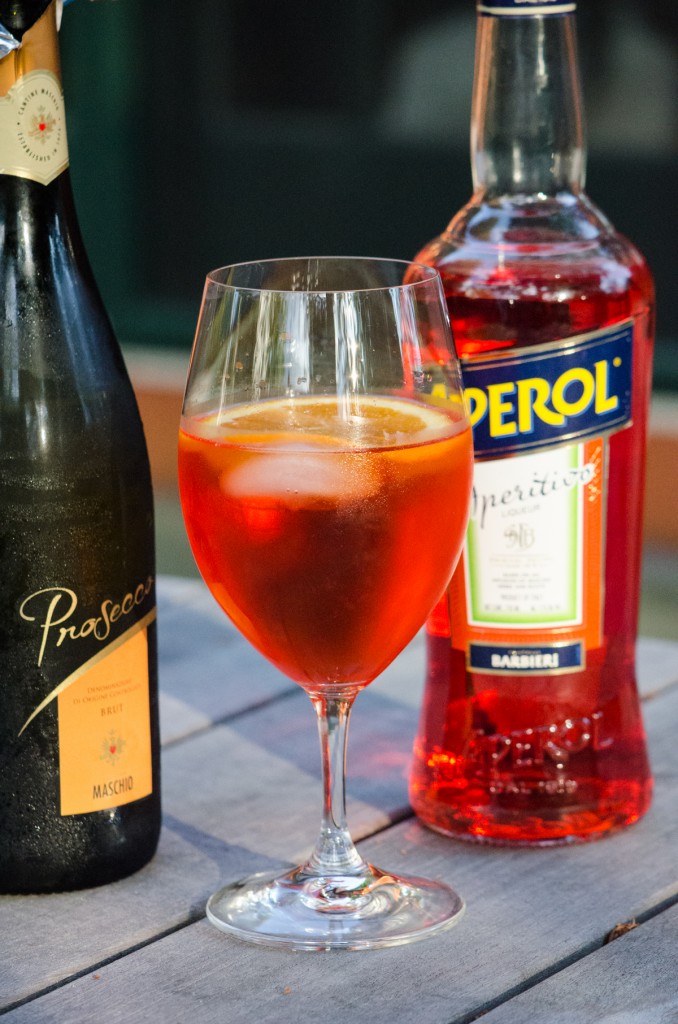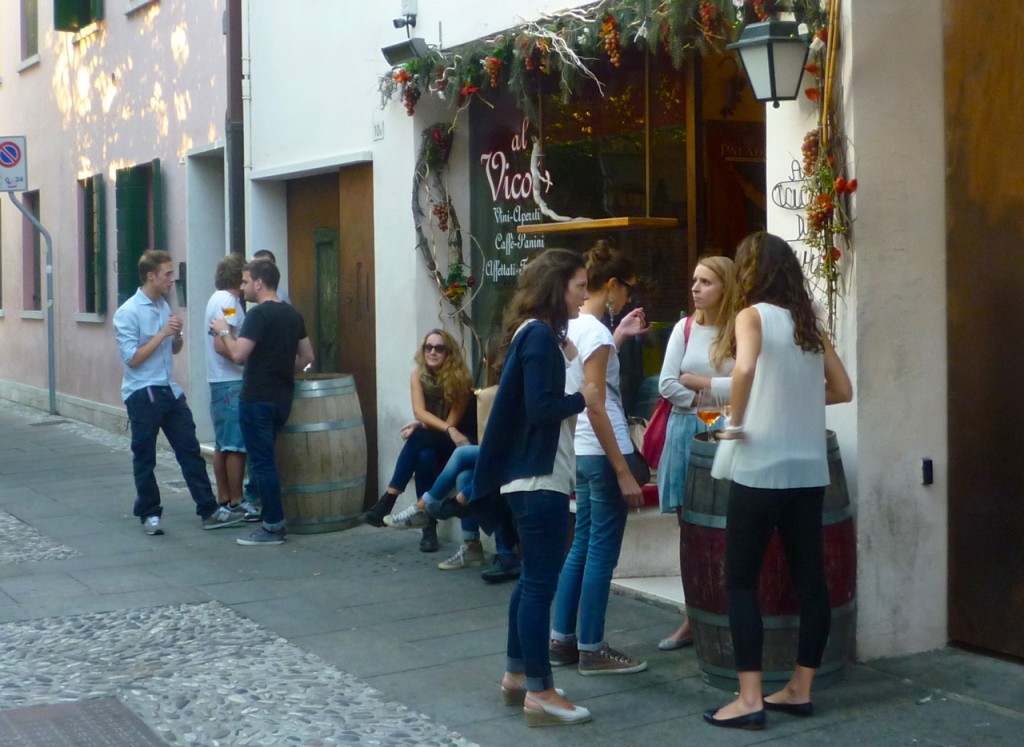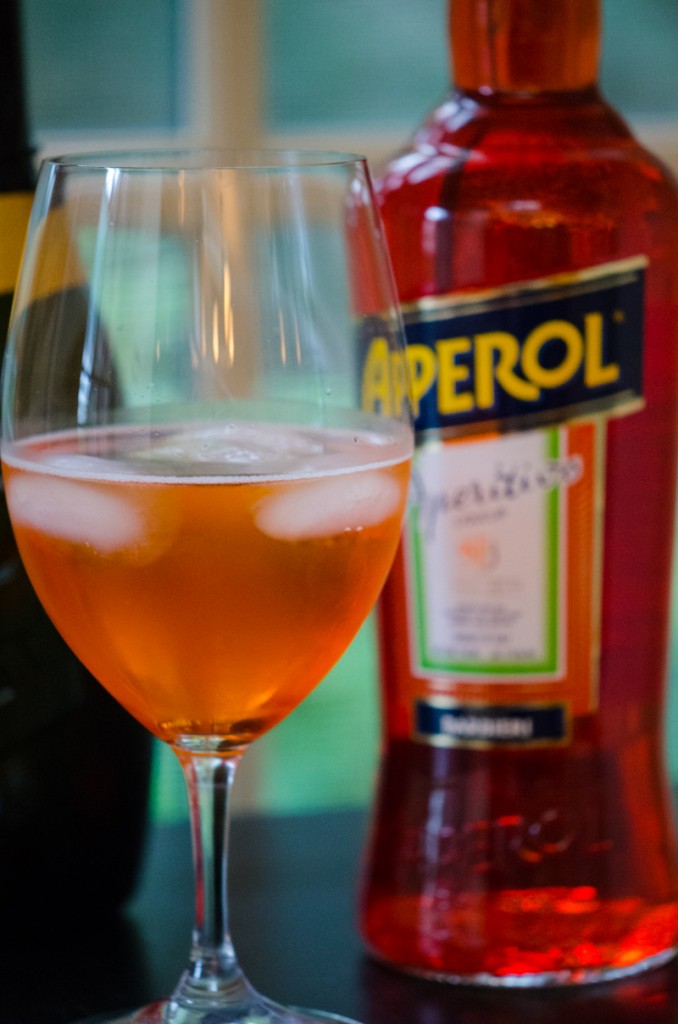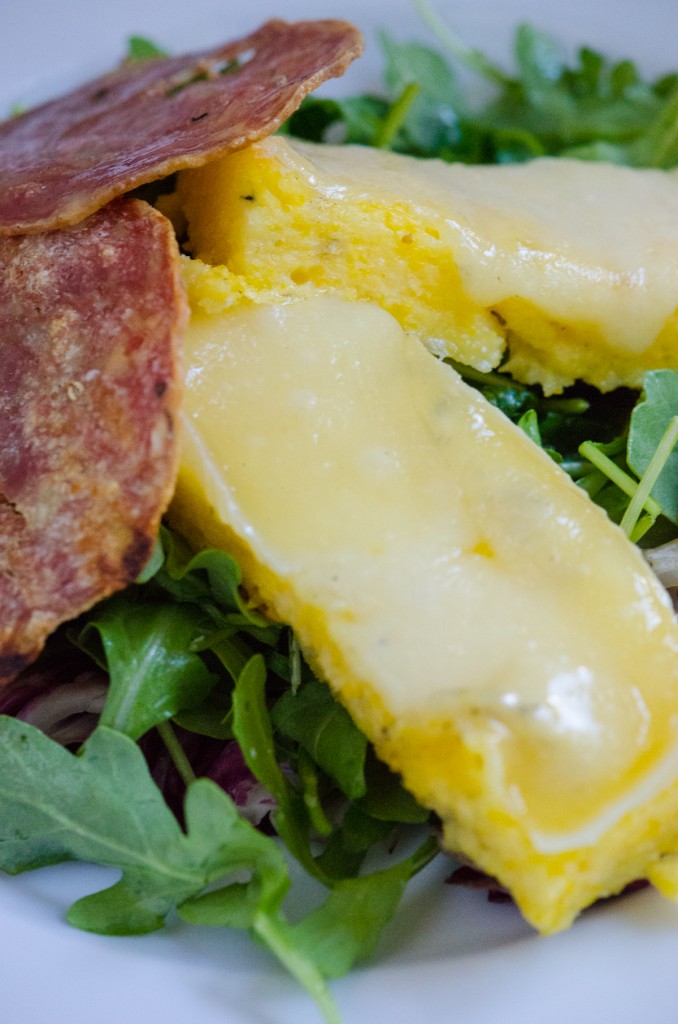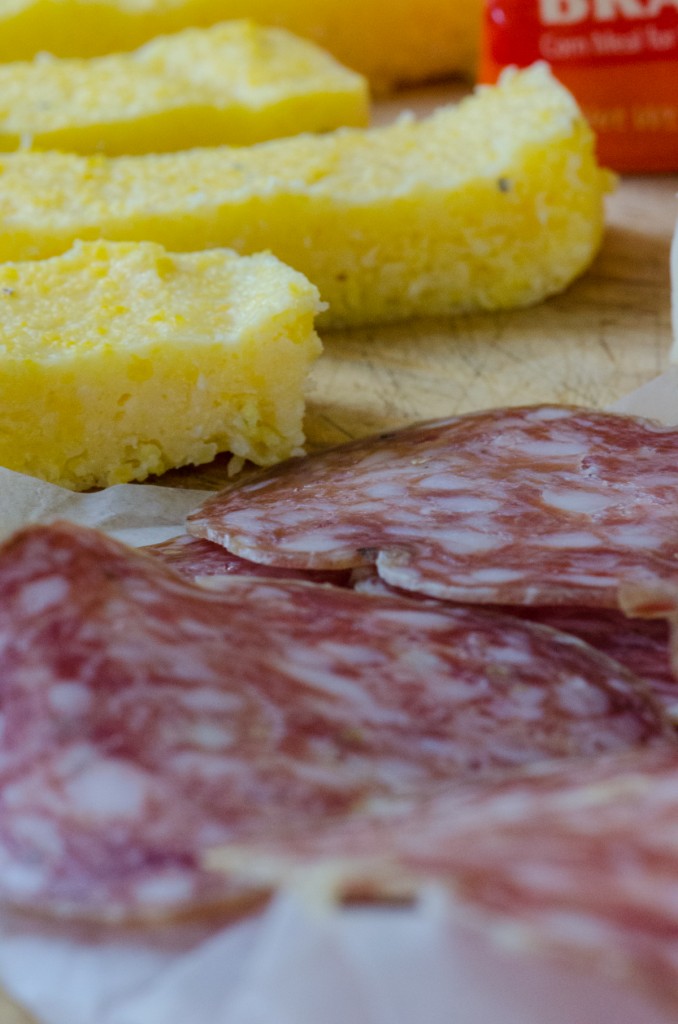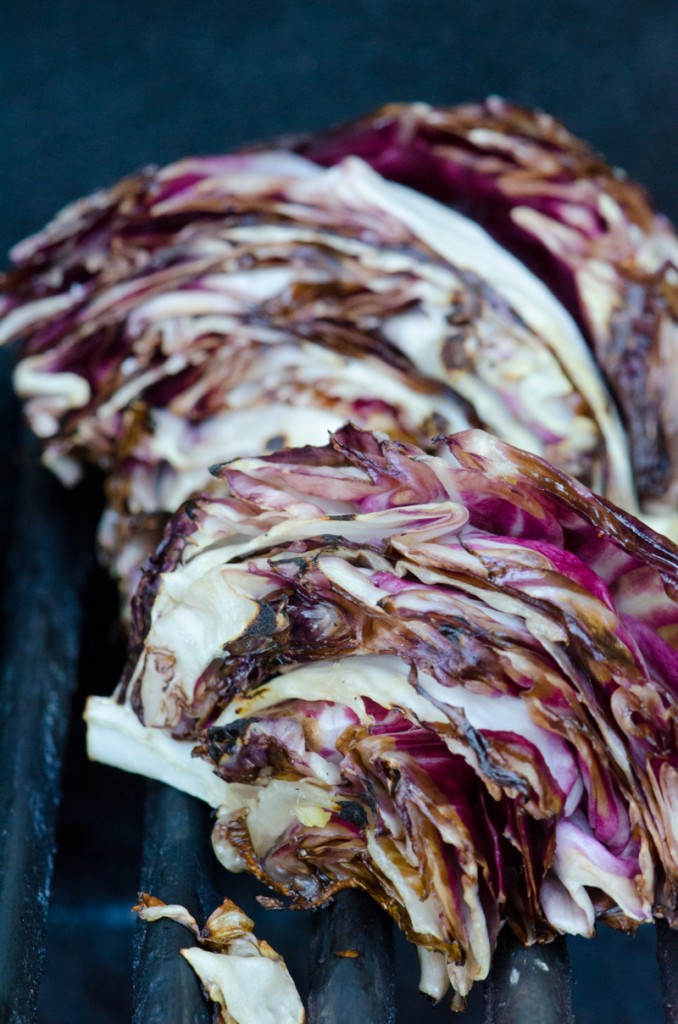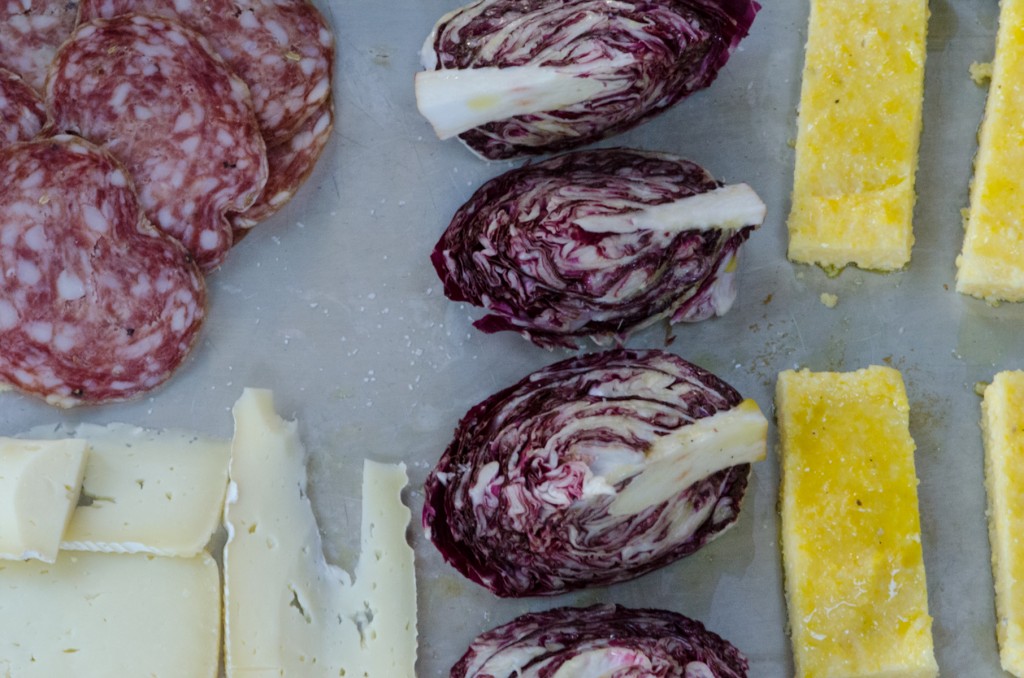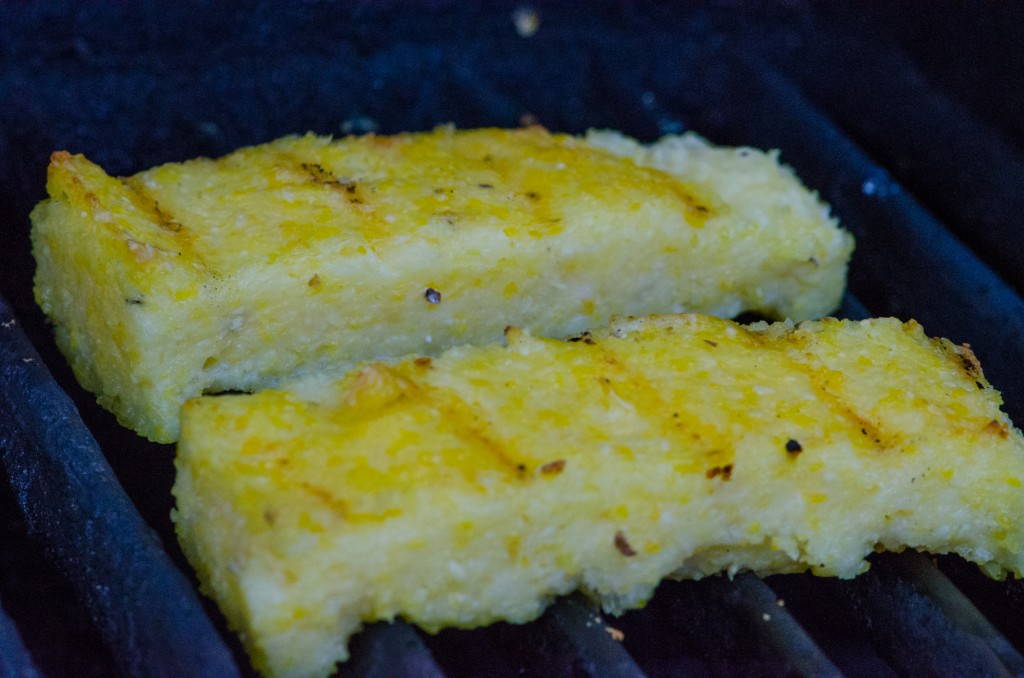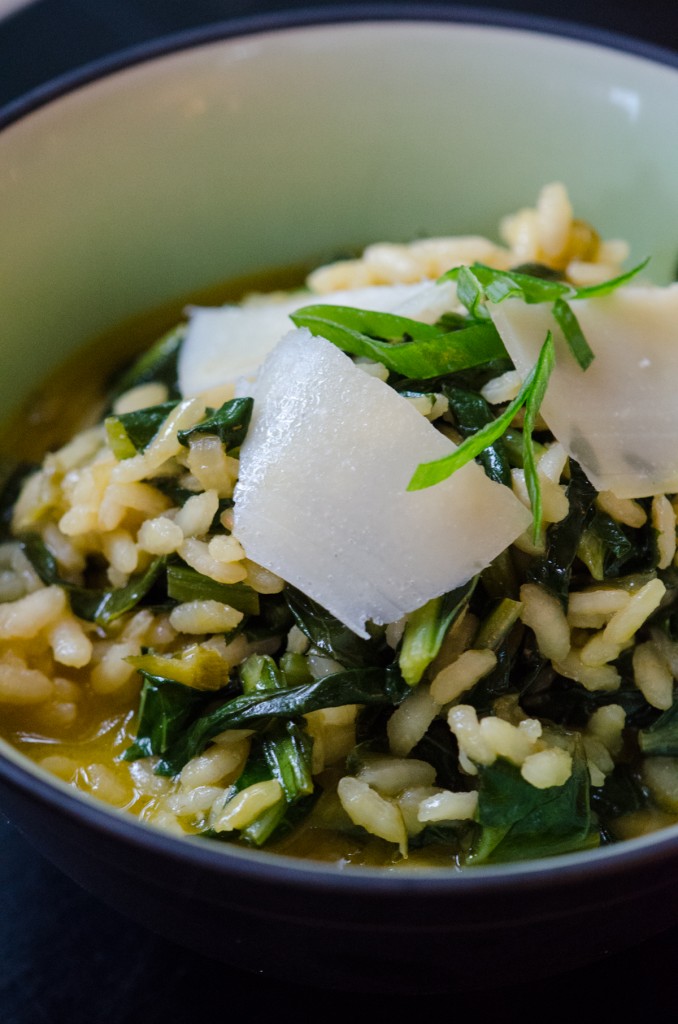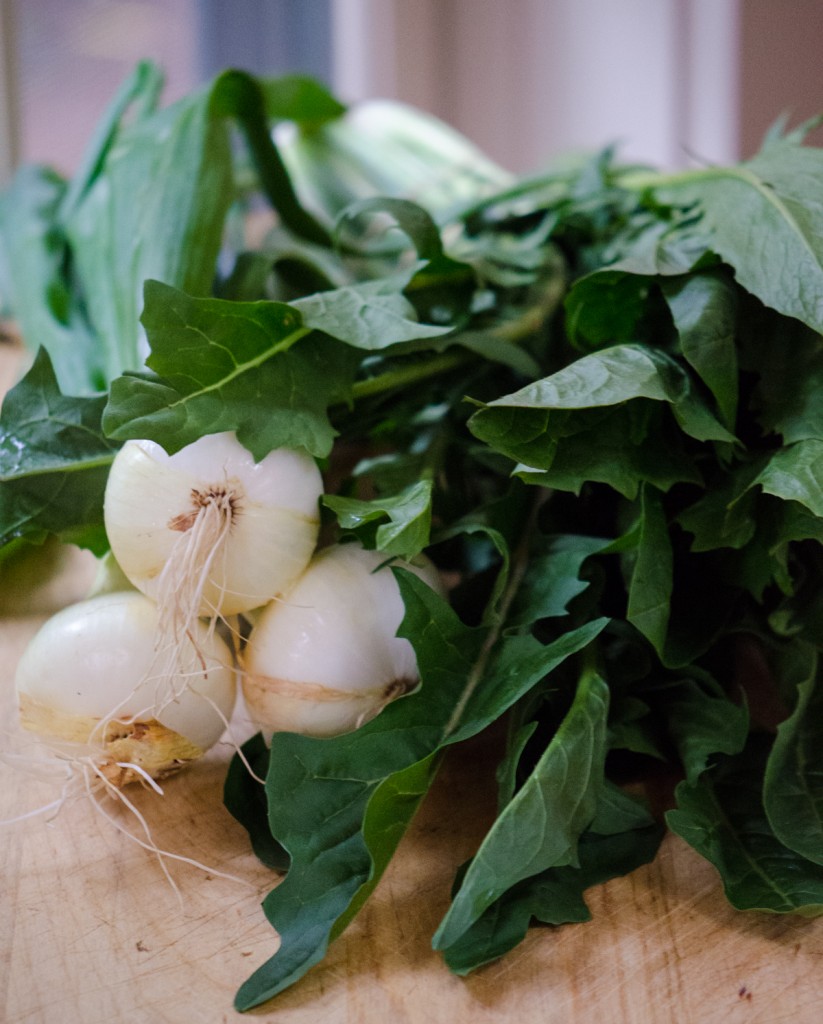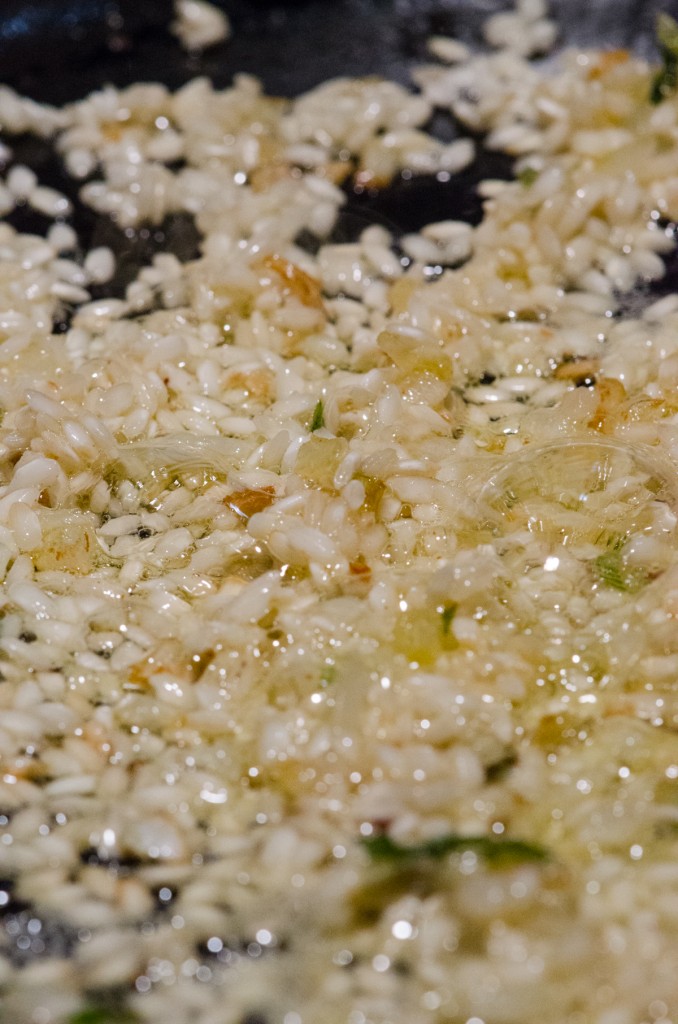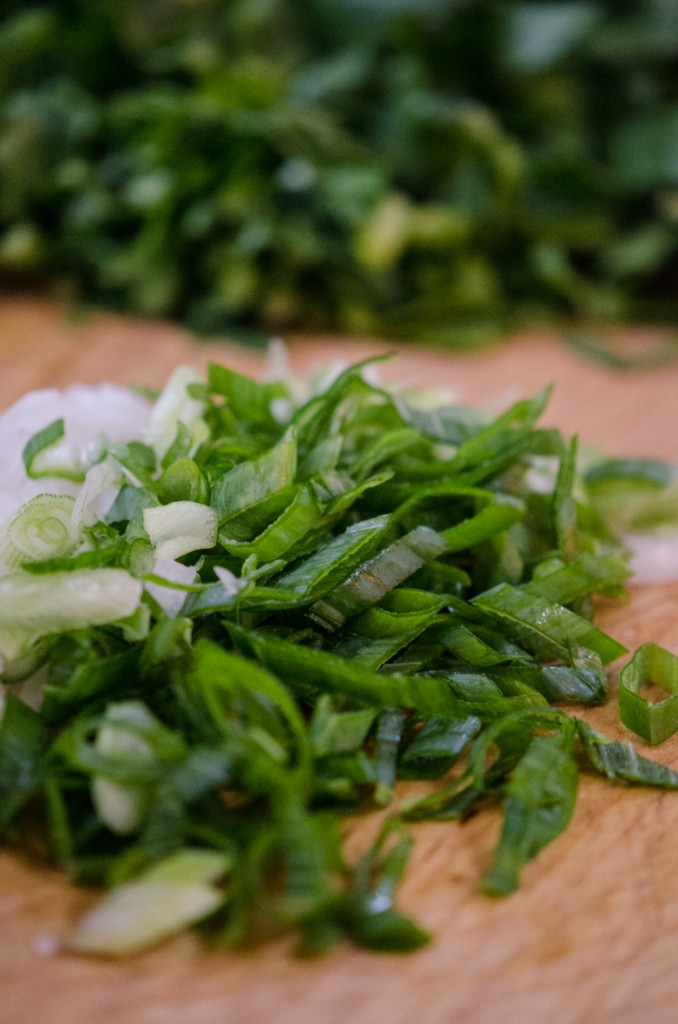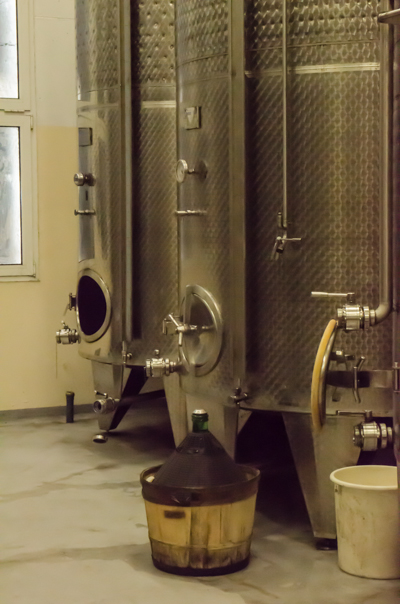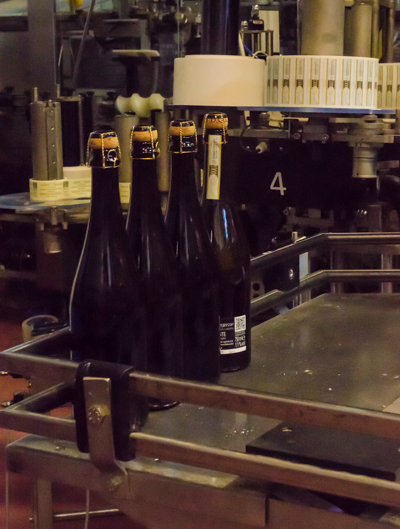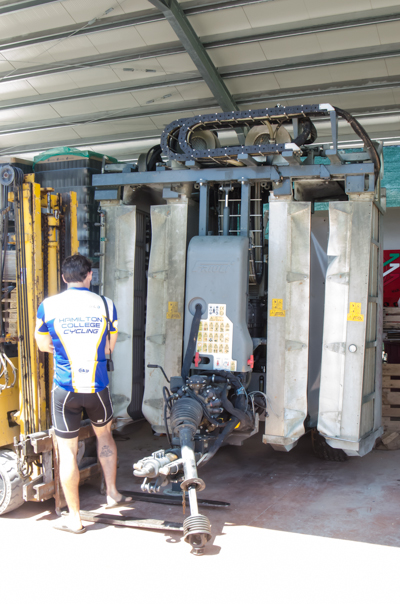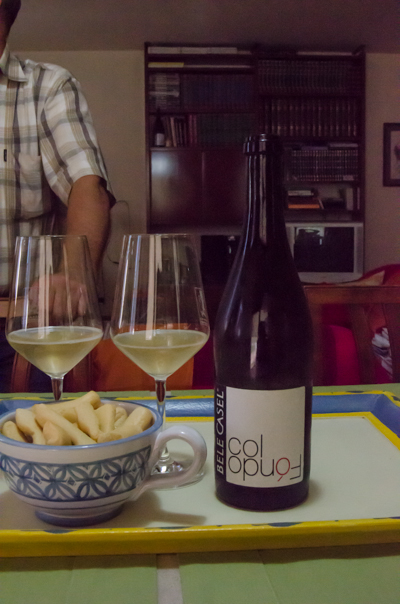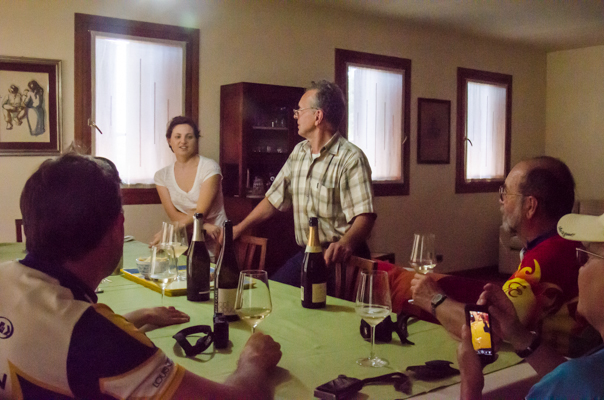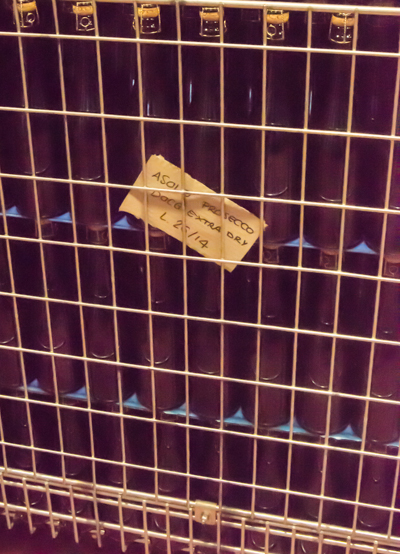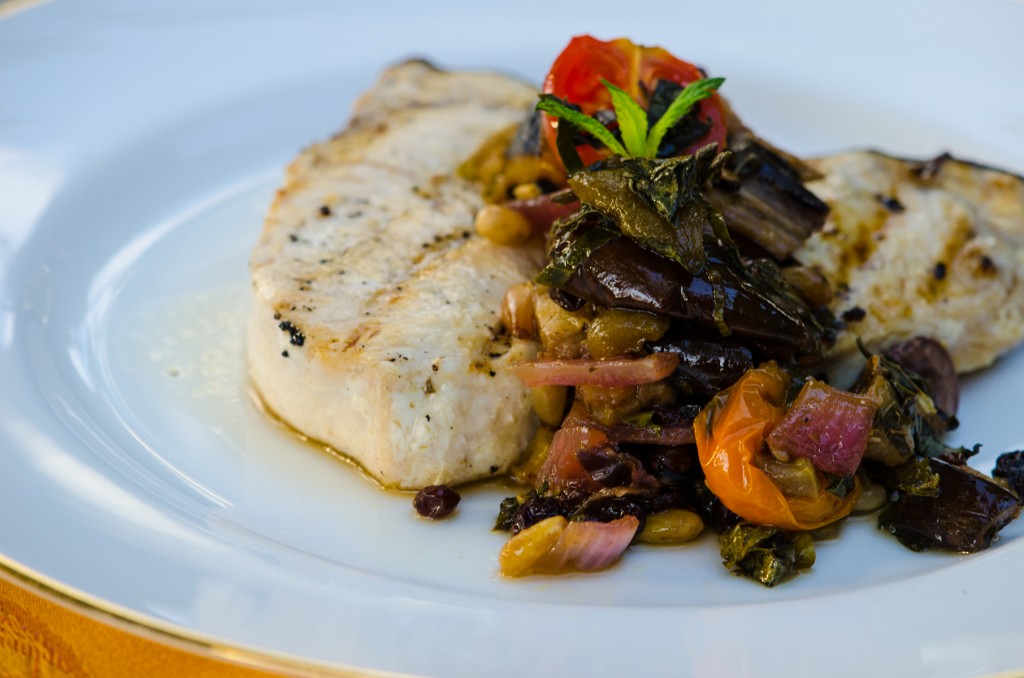 Caponata, a mixture of eggplant, tomatoes and other vegetables in an agrodolce, is a relish we see throughout Italy as we explore Italy by bike, from Sicily to the Veneto. The sweet and sour flavor combination found in agrodolce, from ‘agro’, sour and ‘dolce’, sweet, is often attributed to the influence of the Arabs, who supposedly introduced it to Italy through Sicily. However, we see the same combination of flavors in the traditional Venetian dish, saor, served over fried seafood. The Romans, like the Arabs, Asians, and other nations in medieval Europe, didn’t separate sweet from savory, so it is likely that agrodolce made it’s way into Italy through many kitchens.
Caponata, a mixture of eggplant, tomatoes and other vegetables in an agrodolce, is a relish we see throughout Italy as we explore Italy by bike, from Sicily to the Veneto. The sweet and sour flavor combination found in agrodolce, from ‘agro’, sour and ‘dolce’, sweet, is often attributed to the influence of the Arabs, who supposedly introduced it to Italy through Sicily. However, we see the same combination of flavors in the traditional Venetian dish, saor, served over fried seafood. The Romans, like the Arabs, Asians, and other nations in medieval Europe, didn’t separate sweet from savory, so it is likely that agrodolce made it’s way into Italy through many kitchens.
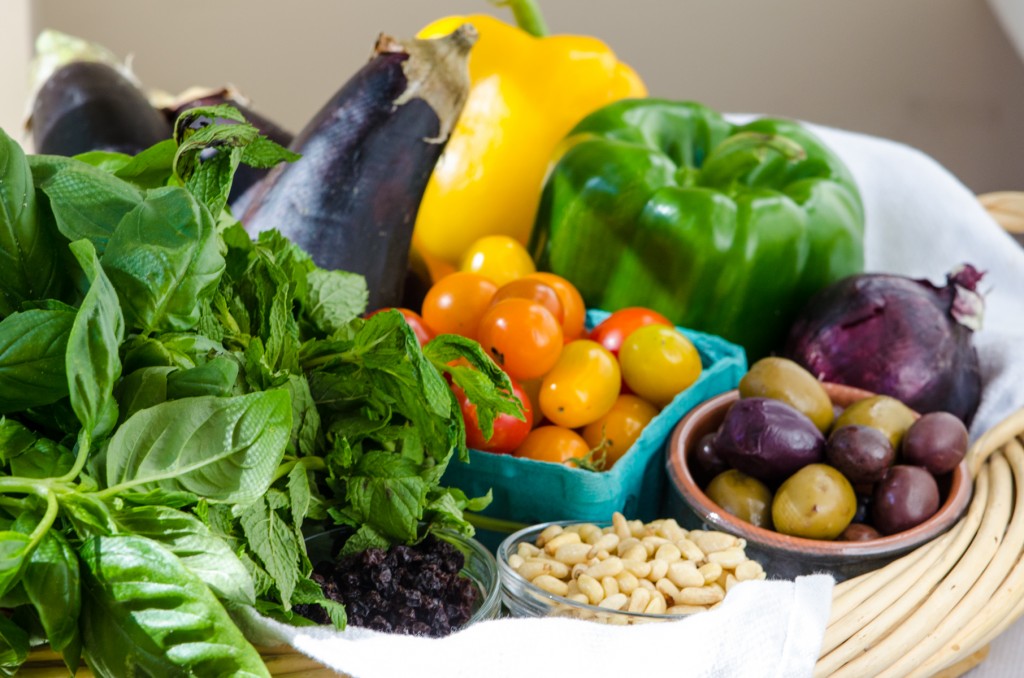 Agrodolce (and saor) are made by reducing sweet and sour elements, traditionally wine vinegar and sugar. Often other flavoring elements are added, like onions, raisins, and pine nuts. There are many ways to use it, as a accompaniment for poultry, rabbit, or seafood; served over wide noodles, or topped on a crostini with ricotta.
Agrodolce (and saor) are made by reducing sweet and sour elements, traditionally wine vinegar and sugar. Often other flavoring elements are added, like onions, raisins, and pine nuts. There are many ways to use it, as a accompaniment for poultry, rabbit, or seafood; served over wide noodles, or topped on a crostini with ricotta.
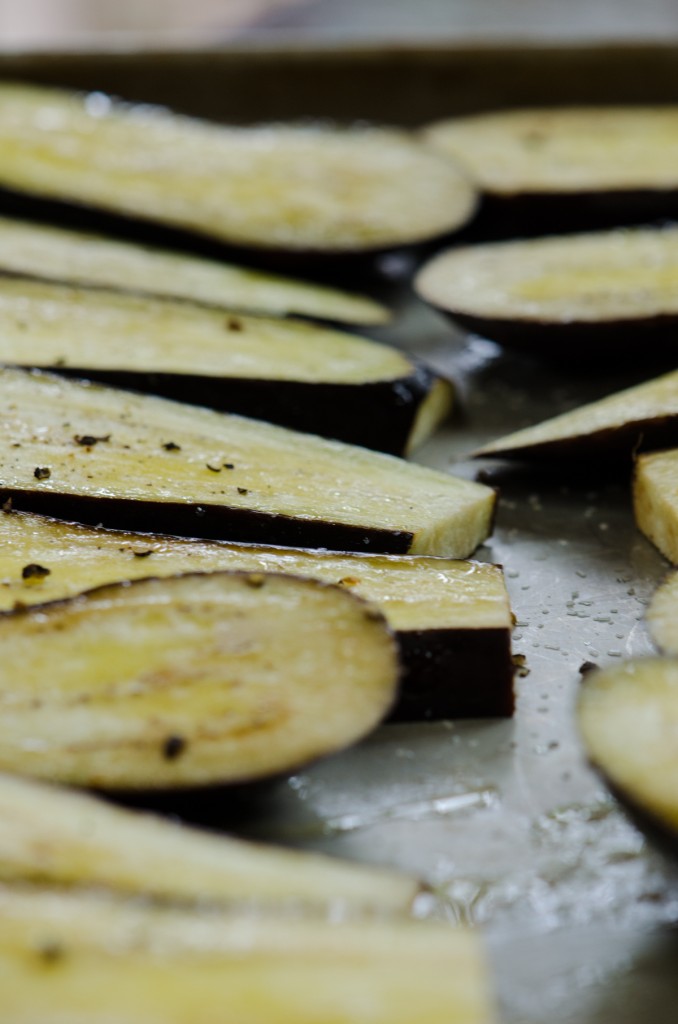 Caponata is made by cooking eggplant, capers, and onions in an agrodolce. Tomatoes were included later, as they didn’t arrive in Italy until the 16th century. It originated as a seagoing fare, as the vinegar acted as a preservative – and might explain it’s popularity in the cuisines of Sicily and the Veneto, both with seafaring histories. It then became known as ‘inn food’, with caponata coming from the Latin word for inn, “caupo”. The rich would use it as an accompaniment for meat; the poor would enjoy it as is, not being able to afford meat.
Caponata is made by cooking eggplant, capers, and onions in an agrodolce. Tomatoes were included later, as they didn’t arrive in Italy until the 16th century. It originated as a seagoing fare, as the vinegar acted as a preservative – and might explain it’s popularity in the cuisines of Sicily and the Veneto, both with seafaring histories. It then became known as ‘inn food’, with caponata coming from the Latin word for inn, “caupo”. The rich would use it as an accompaniment for meat; the poor would enjoy it as is, not being able to afford meat.
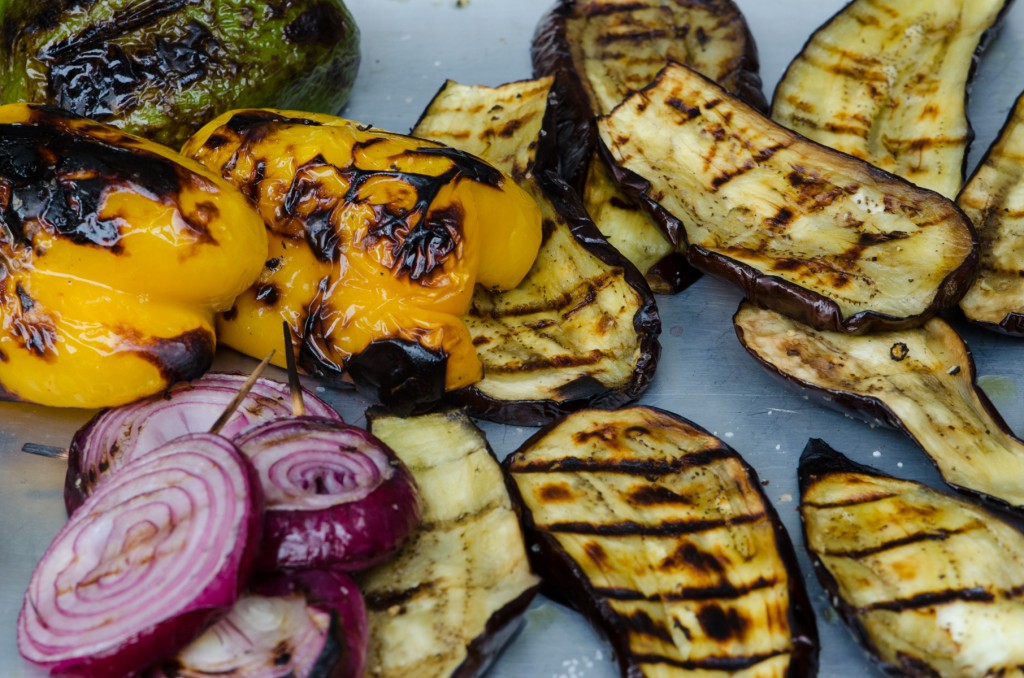 Traditional recipes for caponata call for fried eggplant, which can be quite heavy and high in fat. I love the flavors, but prefer a lighter preparation, so I grill everything first, then combine in the agrodolce sauce for a last few minutes of cooking. It keeps in the refrigerator for several days, but it usually doesn’t last that long, given the many ways it can be put to use – on chicken, pork, or fish (it is wonderful on swordfish), on pasta, as a sandwich spread, or a pasta sauce.
Traditional recipes for caponata call for fried eggplant, which can be quite heavy and high in fat. I love the flavors, but prefer a lighter preparation, so I grill everything first, then combine in the agrodolce sauce for a last few minutes of cooking. It keeps in the refrigerator for several days, but it usually doesn’t last that long, given the many ways it can be put to use – on chicken, pork, or fish (it is wonderful on swordfish), on pasta, as a sandwich spread, or a pasta sauce.
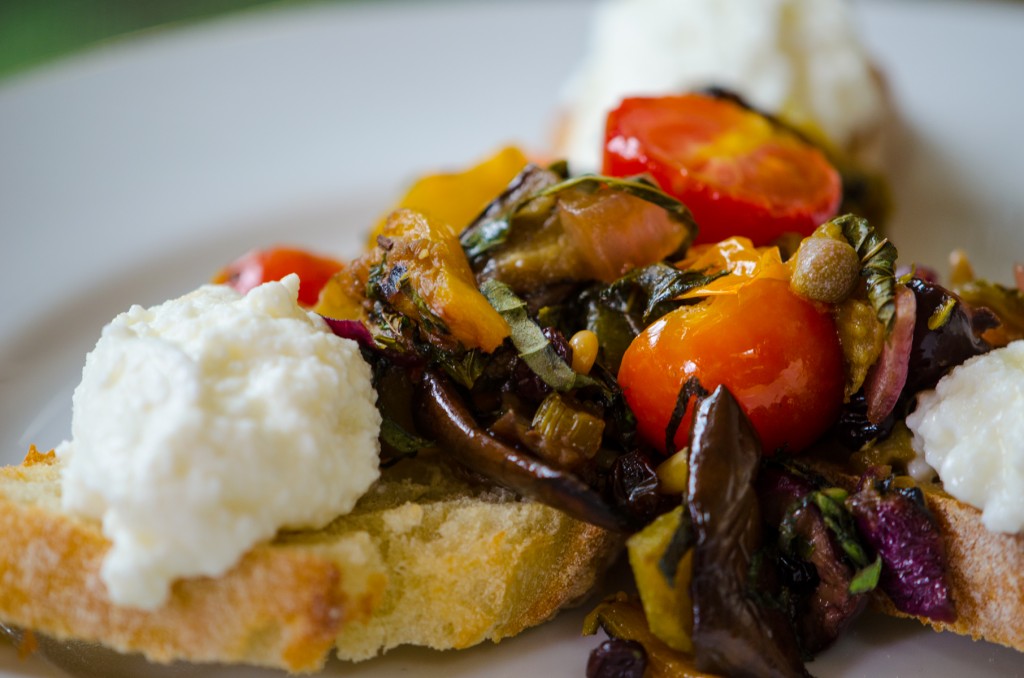 Caponata Griglia – Grilled Eggplant Caponata
Caponata Griglia – Grilled Eggplant Caponata
2 large or 4 small eggplants, peeled and sliced lengthwise in 1/2-inch thick slices
2 fresh peppers, halved and seeded – I like to use mixed colors
1 red onion, sliced into 1/4 inch thick slices
2 tomatoes, 4 plum tomatoes, or 1/2 pint cherry tomatoes, cut into halves
1/4 cup extra-virgin olive oil, extra for brushing
2 celery ribs, cut into 1/4 inch dice
1/2 cup pitted mixed olives
1/4 cup currants
1 tablespoon capers, rinsed and coarsely chopped
1/4 cup light brown sugar
1/4 cup red wine vinegar
1/4 cup toasted pine nuts
Preheat a grill to medium-high heat.
Brush the eggplant, peppers, onion and large tomato halves with olive oil and sprinkle with salt and pepper. Stick a toothpick sideways through each slice of onion to hold the rings together while grilling. Cherry tomatoes I use raw – they are too tricky to grill. Grill the eggplant until golden brown and cooked through, about 4 minutes each side. Grill the peppers until soft and blackened in spots. Grill the onions until just soft. Grill the tomatoes until charred all over, about 8 minutes. Remove the eggplant, peppers, onions and tomatoes from the heat and cut into dice.
Heat 2 tablespoons of the olive oil in a large sauté pan. Add the celery and cook until soft, about 5 minutes. Add the eggplant, peppers, onion, tomatoes, olives, currants, capers, sugar, vinegar, and the remaining 2 tablespoons olive oil, salt and pepper. Bring to a simmer. Cook, uncovered, stirring occasionally, about 10 minutes. Remove the pan from the heat and stir in the basil and mint; taste and adjust seasoning with salt and pepper. Transfer the caponata to a bowl and allow to sit for at least 30 minutes before serving. The caponata can be made in advance, covered and refrigerated. Bring the caponata to room temperature before serving.
For Grilled Caponata Crostini with Ricotta
Grill the bread on both sides until slightly charred, about 30 seconds each side. Remove the bread from the grill and drizzle with olive oil and sprinkle with salt and pepper. Top each slice of bread with a spoonful of ricotta cheese, and a spoonful of the caponata. Drizzle the top of each slice of bread with more olive oil and scatter basil on top.
